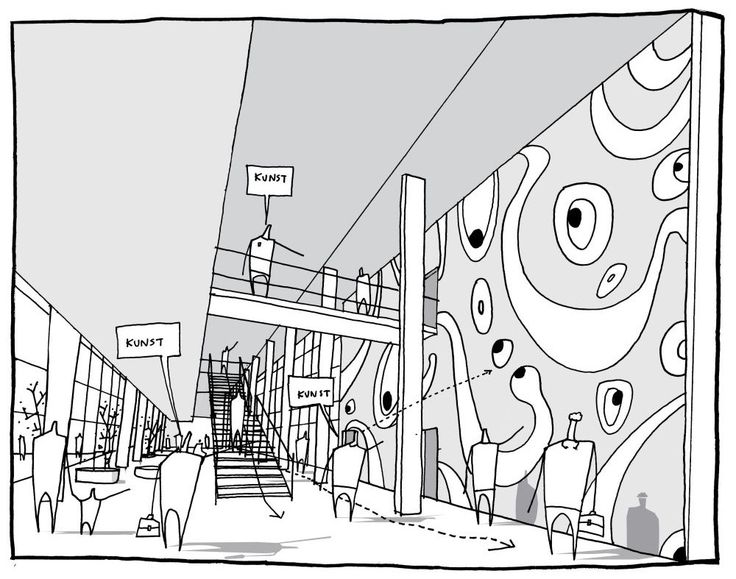
It gave me no sense of the book’s history-how old it was or who read it-because it was just text on a webpage, not a physical, storied object. The chapter “A Day” was one of my favorite readings from class, but I had read it in a non-surrogate e-book form.

Hospital Sketches was originally published in 1863 and follows the story of a Civil War nurse, Tribulations Periwinkle, as she first enters work in a hospital. So when I came across a Google Books digital surrogate (essentially an online scan of a printed copy, rather than just a webpage with the book’s text) of an interesting copy of Louisa May Alcott’s Hospital Sketches, I was quite excited to look at it and learn more about the book itself, beyond the story contained in its pages. To me, the questions of “Who else has read this? How many people has this book had an impact on?” have always been some of the most fascinating aspects of a book to think about, contributing to the story of the book almost as much the content itself. When I went to flea markets with my parents, I loved finding old books, seeing how worn the pages were, looking at handwritten inscriptions and notes just inside the cover or in the margins of the pages, and knowing the book had passed through other hands.

(Sorry, librarians!) I often wondered who had checked the book out before me, who would take it out after I returned it, who currently had another copy of the book. I loved the feel of a book in my hands, and I would leave my own little physical mark on it by dog-earring the pages to mark the spot I left off at. When I was younger, I used to take out stacks upon stacks of books from my public library. Today’s post is by Sophia Lola, Class of 2022, a Writing Seminars major.

For more about our public-facing work, please see our gallery of final projects and blog. For more about our series title, please see the first post. Through their short essays, bibliographies, and analyses of digital sources, students are providing to a broad audience accurate information about and appreciation for the “scribbling women” they studied. Posts in this series were written by undergraduate students in the spring 2020 Museums & Society class Scribbling Women: Gender, Writing, and the Archive. We used rare books, archival materials, and digital primary sources in the Sheridan Libraries’ collections to prompt and guide inquiries into the creation, reception, preservation, and legacy of texts from the 1820s through the 1930s-speeches, private writings, and published poetry, fiction, and journalism-by North American women who brought attention to race-, gender-, and class-based inequities.


 0 kommentar(er)
0 kommentar(er)
